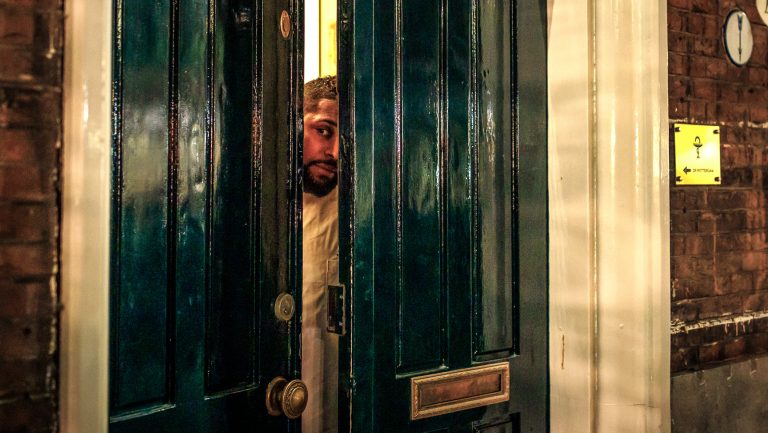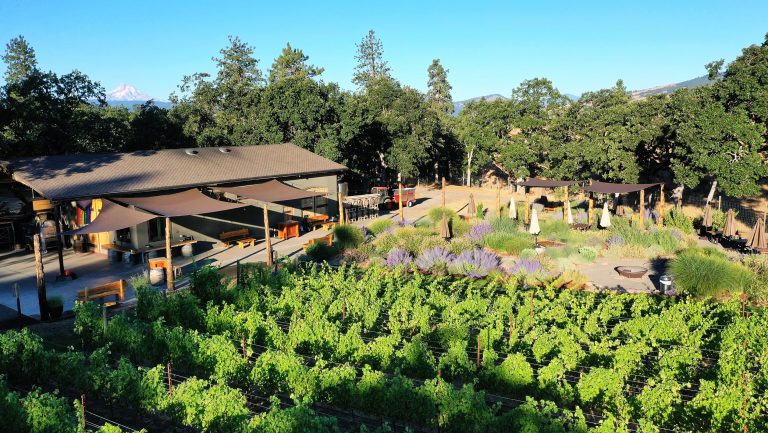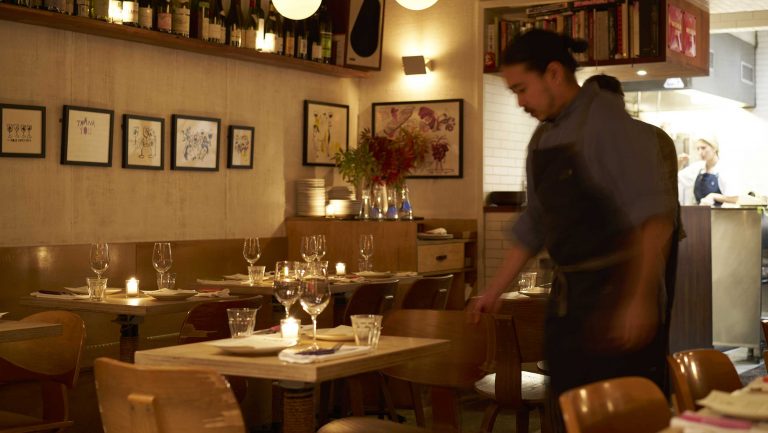Keith Jarrett didn’t want to perform in Cologne, Germany, on January 24, 1975. The world-famous, platinum-selling jazz pianist had specified that he needed a concert grand piano, but the venue had instead delivered a wormy, half-destroyed rehearsal piano. Coming off several sleepless nights and a 350-mile drive from a prior concert in Zurich, the cards were stacked against him. Risking his reputation, though, Jarrett began to play. The pedals didn’t work, so he had to stand on them. The hammers were loose, so he had to pound on the keys. Jarrett and his manager insisted on recording the concert—they thought they’d need proof for a future lawsuit against the concert promoter. What everyone, Jarrett included, thought was a limitation turned out to be an opportunity to show his mastery. When it was eventually released, the recording dubbed The Köln Concert became what is to this day one of the best-selling piano albums of all time.
Bar owners and operators can learn some lessons from Jarrett—more than a few of the world’s best bars are successful because they embrace opportunities that many of us see as limitations. Most people would recommend that bars sell alcohol, stay open as long as they can, cooperate with powerful liquor brands, and be easy for customers to find. However, big opportunities can be found in zigging when others zag—when bars cheerfully ignore the orthodoxy.
1. Remove the Brands
Brands (and their budgets) are the lifeblood of all bars: Collectively, brands spend billions of dollars annually on advertising, education, and advocacy (including brand ambassadors) to get their bottles prominently displayed on the backbar and namechecked in the cocktail menu. But not all bars follow suit.

Don’t miss the latest drinks industry news and insights. Sign up for our award-winning newsletters and get insider intel, resources, and trends delivered to your inbox every week.
At Operation Dagger in Singapore, or Tayēr + Elementary in London, there isn’t a single brand on the backbar or in the speedrail—or anywhere, for that matter. Bottles have all been decanted into custom bottles branded instead with the venue’s identity. “It shifts the focus back to ingredients, products, and flavors,” says Tayēr’s co-owner, the acclaimed bartender Alex Kratena, who explains how this is advantageous.

“It allows us to work with [some] spirits made exclusively for us, collaborate with producers, or source speciality liquids,” he says. “There clearly is a financial benefit; by sourcing directly, our cost of goods is lower than most stuff on the market—plus, we don’t have to pay for a brand’s packaging and marketing budgets.” By buying in bulk (for example, 2-, 4-, and 10-liter jugs of distilled spirits) when possible, the bar pays less on the cost of glass packaging and the prestige of a label. In addition, says Kratena, “we save on waste removal; there’s a big difference throwing away 2 to 3 bags of garbage per day versus the 10 a normal bar would use.” (In London, as in many cities, waste disposal is an additional overhead cost for business owners, so cutting down on waste cuts cost as well.)
2. Make the Bar Difficult to Find
Although Rum Trader opened in Berlin in 1976, and Angel’s Share in New York City in 1993, the speakeasy trend really started booming after Manhattan’s Milk & Honey opened in 2000. The logic of a speakeasy can be confounding: Make the bar hard to find, limit the number of people you allow in, enforce rules of behavior. Yet these self-imposed limitations can result in gold mines. When I conducted research about such bars in 2010, focusing on sales figures provided by PDT and Employees Only in New York City, Le Lion in Paris, and my own bar, Door 74, in Amsterdam, I found that a 40-seat speakeasy open for about 60 hours per week had the potential to turn over $1 million a year—which at the time was far higher sales than any other type of bar or restaurant could achieve in such small spaces. The average spend per guest at Door 74 is about $35 a person.
Rotterdam, Netherlands, speakeasy Dr. (“the Doctor”) opened in the city’s shipping quarter in 2012. Seven years on, Dr. continues to flourish. “Being hidden and therefore a destination was probably the most important factor [for the bar’s success],” says owner Arno van Eijmeren. “It was new in that era, exciting and mysterious. The average spend per guest is higher at Dr. than at an easy-to-find bar. It’s the experience that keeps the guests longer at the bar.”
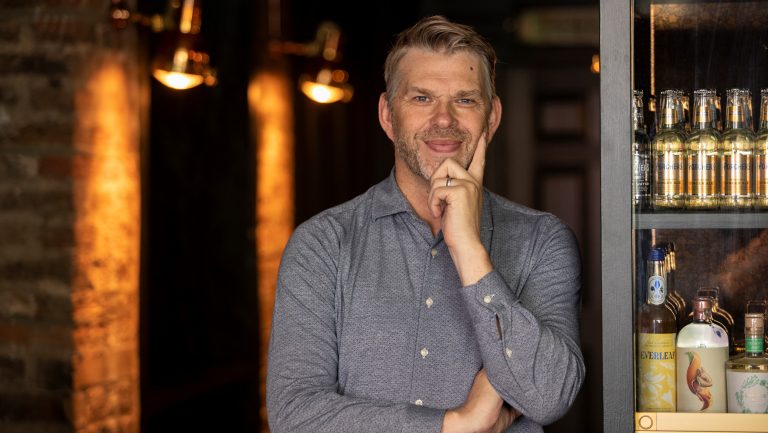
3. Skip the Alcohol
An entire generation of drinkers are going out far less, and they increasingly don’t turn to alcohol when they do. Nonalcoholic beverage programs and entirely nonalcoholic bars have begun to pop up everywhere from Brooklyn, New York, to Brisbane, Australia, but perhaps the Virgin Mary in Dublin—a famously hard-drinking town—is making the most waves. Barely three months after it opened, a quick Google of “Virgin Mary Bar Dublin” yields 5.3 million hits (and counting). (By comparison, a search of “Savoy American Bar London,” a 129-year-old institution, yields a similar result—4 million.)
Virgin Mary’s founder, Vaughan Yates, loves running an alcohol-free bar, where offerings include a full range of zero-proof wines, beers, cocktails, and even a replica of a pint of Guinness. “You don’t need an [alcohol] license,” Yates says, “which is a key benefit, and your insurance premiums are significantly lower than [if you were] running a bar with alcohol. [Yet] sales per square meter are, I would imagine, roughly the same, as pricing is similar in terms of our drinks to [that of] other on-trade venues.”
Another perk of being a nonalcoholic bar is the customers, and not just because of their purchasing power. “We have the best-behaved customers in the industry,” says Yates. “They are ultrapolite all night. They sit, drink, chat, and even bring their glasses back to the bar as they leave. And the toilets are always clean!”
4. Shift Concepts During Your Busiest Season
What if bar owners could triple their sales during one of the busiest months of the year by adopting a new concept? The owner of barware supply company Cocktail Kingdom, Greg Boehm, created the Christmas-themed Miracle pop-up bar in 2014 in New York City’s East Village, when he had a temporarily empty space. He started franchising the concept in 2015, and by 2018, he had more than 100 pop-ups—either Miracle bars or Sippin’ Santa’s Surf Shacks (Miracle’s tiki-esque sister concept)—around the world.
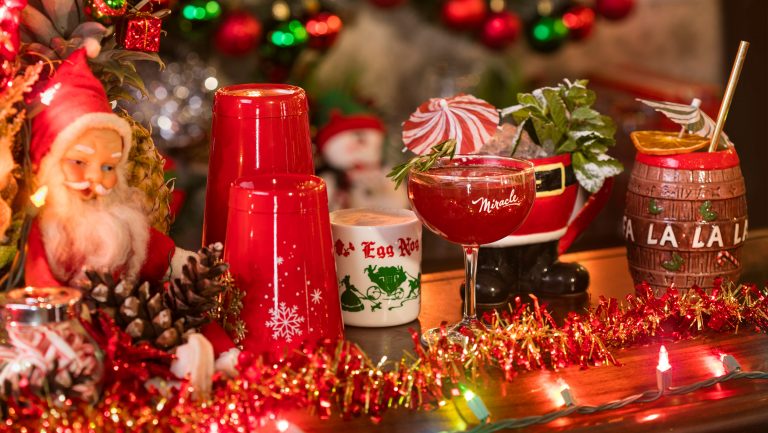
Even though transforming a bar into a Miracle pop-up typically doubles or triples the usual sales in that space, the pop-up only runs for a limited time—but that’s part of the appeal. “Miracle is responsible for almost 1/4 of our revenue for the year in just one month,” says Kevin Diedrich of Pacific Cocktail Haven, in San Francisco. “Our sales daily are pretty much doubled. It’s a no-brainer to do it.” Diedrich says Friday night sales for the bar typically run between $7,000 and $8,000, but when his bar hosts Miracle, that number jumps to $18,000 to $19,000 a night, with the bar at near double capacity.
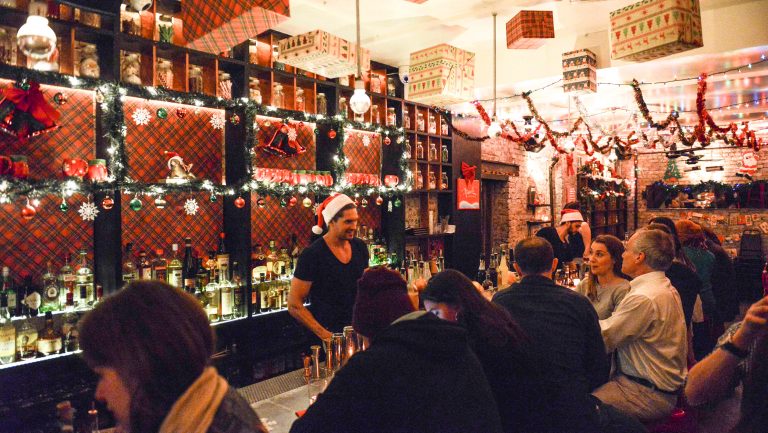
How Miracle, a Holiday Pop-up Bar, Scaled Globally
Cocktail Kingdom’s Greg Boehm talks about franchising and expanding the concept
Miracle doesn’t disclose its franchisee fees, says manager Joann Spiegel, but the fee covers a lot of perks for those who buy-in. She says the fees cover activation rights to use Miracle’s brand to promote the pop-up, including in national and local press campaigns across print, television, and digital media, managed by a third-party agency. “We are all just busy little elf’s over here,” says Spiegel. Costs also include training, professional cocktail photography, promotional materials, and cocktail development in the form of 10 cocktails and three shots, which make up the seasonal menu. Miracle’s signature holiday decor and barware are not included in the costs, but bars can purchase themselves and create another point of sale by selling these items as souvenirs.
“Our first thoughts on the duration of the Miracle season was that it would run [from Thanksgiving] up to Christmas Eve,” says Spiegel, a manager for the Miracle concept. “It was our [franchisees] who asked to go longer and longer due to customer demand and requests for bookings. The week between Christmas and New Year’s is a party week, and where better to celebrate than your local Miracle or Sippin’ pop-up?” Because of the number of requests, this year Miracle bars will open for the first time before Thanksgiving—on Monday, November 25.

Dispatch
Sign up for our award-winning newsletter
Don’t miss the latest drinks industry news and insights—delivered to your inbox every week.
Philip Duff owns the on-trade consultancy Liquid Solutions. He founded Holland’s first speakeasy bar—Door 74 in Amsterdam—and owns the award-winning Old Duff Genever brand. Duff has published articles in Drinks International, CLASS magazine, Imbibe UK, Mixology (Germany), Australian Bartender, and Reuters. He also serves as the educational director for Tales of the Cocktail and is a judge for the IWSR, the World’s 50 Best Bars, and the Spirited Awards. He lives in New York City with his wife, stepdaughter, and a crested gecko.


